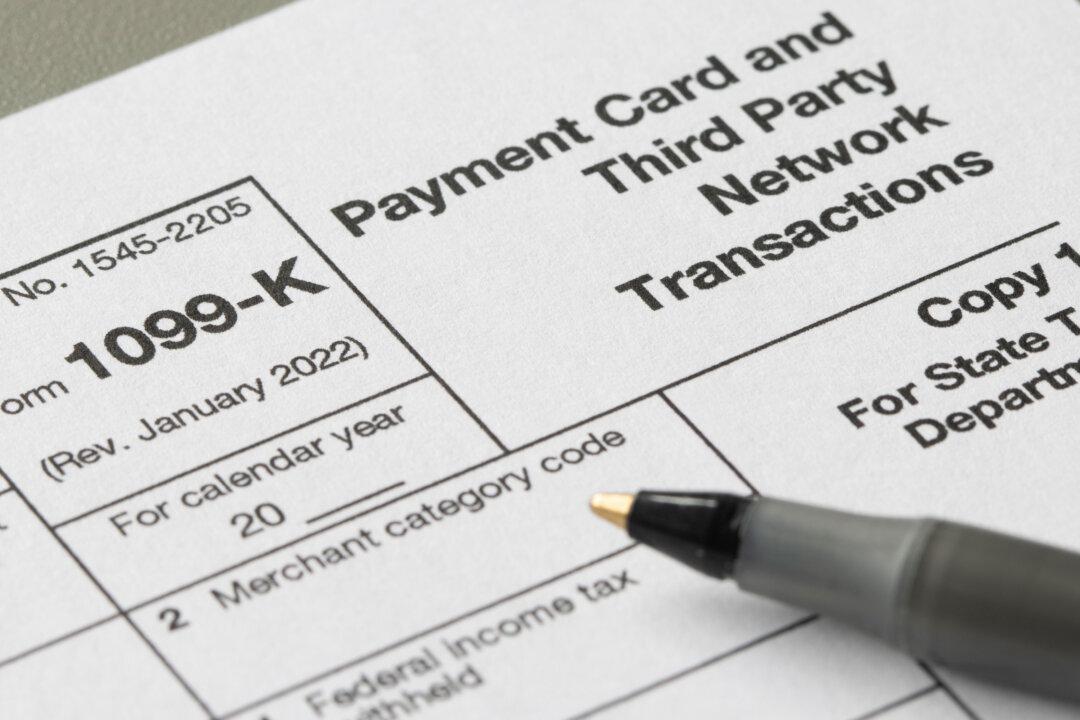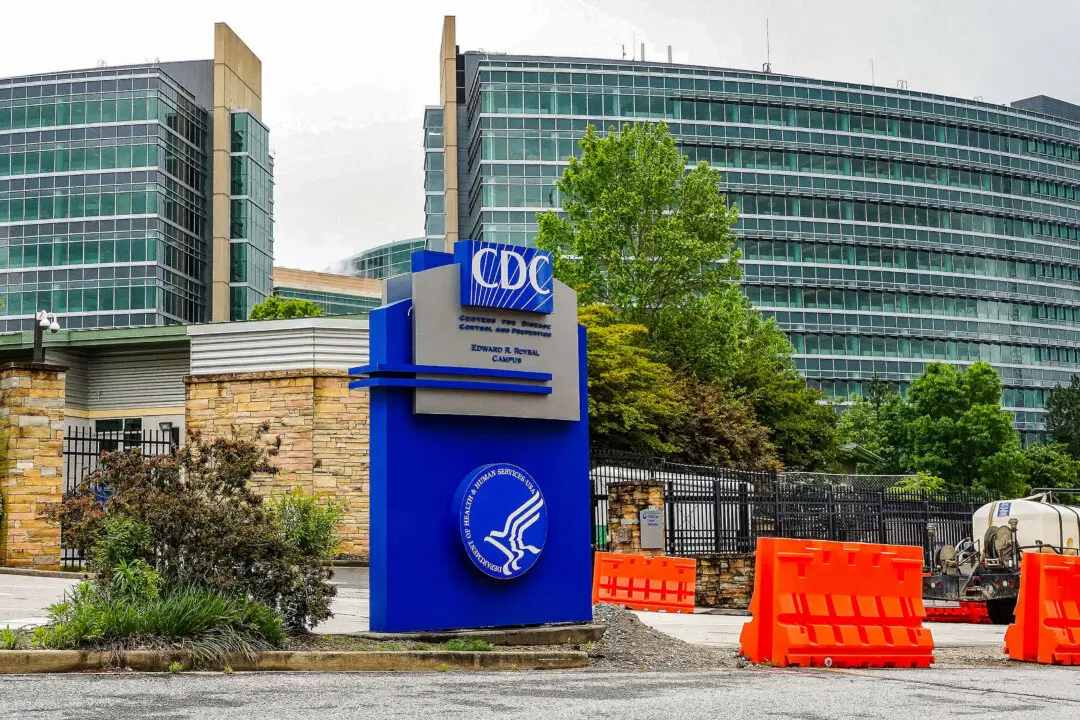Just days before the April 15 deadline, an IRS spokesperson reiterated that people should avoid filing their taxes by mail and submit them electronically if possible, while the agency issued a news release that taxpayers should try to pay by that deadline.
“Taxpayers and tax professionals are urged to choose electronic filing whenever possible,” an IRS spokesperson told local Atlanta-area outlet 11Alive just days before the filing deadline. “However, for those who must submit a paper tax return, it’s essential to verify the accurate mailing address either on IRS.gov or in the instructions provided with Form 1040 to prevent processing delays.”





